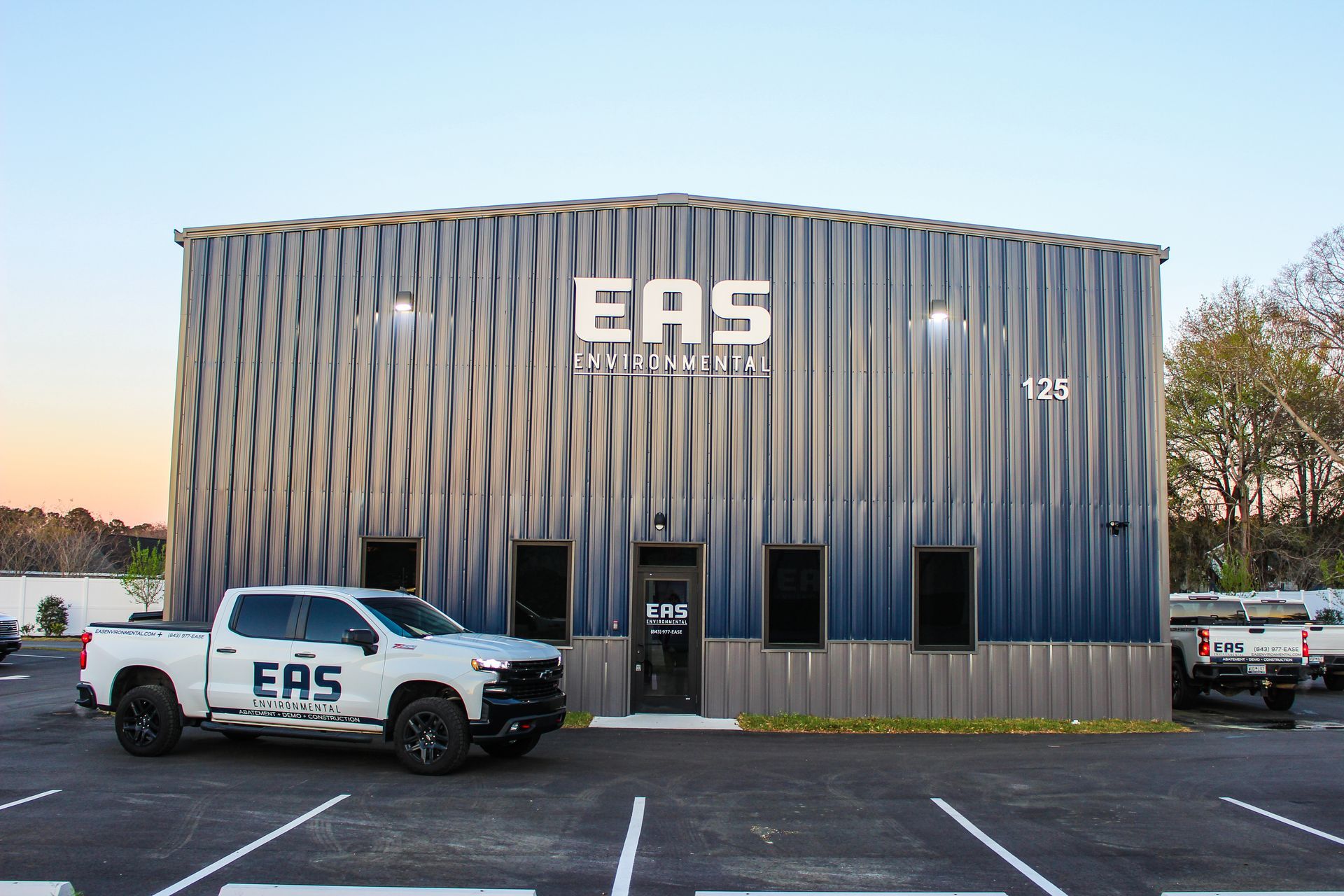
When it comes to maintaining a dry and healthy crawl space, expert solutions such as sump pump and French drain installation can make all the difference. Excess moisture in the crawl space can lead to a range of issues, including mold growth, wood rot, and structural damage. In this blog, we will explore the benefits of sump pump and French drain installation in crawl spaces, understanding how these effective solutions work together to keep your crawl space dry and protected from water-related problems.
Why Hire Experts for Sump Pump and French Drain Installation in Crawl Spaces
Hiring experts for sump pump and French drain installation in crawl spaces is essential to ensure that these crucial systems function effectively and provide long-lasting protection. Crawl spaces are prone to moisture-related issues, and improper installation of a sump pump or French drain can lead to inadequate water management, rendering these systems ineffective. Experienced professionals have the knowledge and expertise to assess your crawl space's specific needs, determining the appropriate size and type of sump pump and French drain required for optimal performance.
Moreover, expert installation reduces the risk of costly mistakes that can arise from DIY attempts. Improperly installed sump pumps or French drains can lead to water leakage, basement flooding, and compromised structural integrity. Hiring experts ensures that these systems are correctly installed and integrated with the existing drainage and waterproofing systems, creating a comprehensive and efficient water management solution for your crawl space. With professional installation, you can have peace of mind, knowing that your crawl space is adequately protected from excess moisture, mold growth, and potential water-related damages, safeguarding your home and promoting a healthier living environment for you and your family.
Customized Solutions: Tailoring Sump Pump and French Drain Installation to Your Crawl Space
Every crawl space is unique, and a one-size-fits-all approach to sump pump and French drain installation may not be effective in addressing specific moisture issues. Customized solutions tailored to your crawl space are crucial for optimal performance and long-term protection against water-related problems. Expert professionals carefully assess the characteristics of your crawl space, including its size, layout, and moisture levels, to determine the most suitable sump pump and French drain specifications.
By customizing the installation, professionals can ensure that the sump pump is appropriately sized and located to effectively collect and discharge water from your crawl space. Similarly, the French drain is strategically installed to manage water flow and prevent moisture infiltration. Taking these factors into account ensures that the sump pump and French drain work harmoniously to keep your crawl space dry and free from excess moisture, minimizing the risk of mold growth, wood rot, and structural damage. With a customized approach, you can rest assured that
your crawl space is equipped with the most effective water management system, providing tailored solutions to meet your home's unique needs and preserving its integrity for years to come.
Ensuring Long-term Success: Expert Tips for Proper Maintenance and Care
Ensuring the long-term success of your sump pump and French drain installation in the crawl space requires proper maintenance and care. Regular upkeep of these systems will help prevent potential issues and extend their lifespan, providing continuous protection against excess moisture and water-related problems. One essential maintenance task is to inspect the sump pump regularly. Check for any signs of wear or damage and ensure that the pump's discharge pipe is clear of debris to allow proper water flow. Test the sump pump periodically to confirm that it activates when water reaches the designated level, and consider installing a backup power source to ensure functionality during power outages.
For the French drain, regular inspection is equally vital. Remove any accumulated debris or dirt that could obstruct water flow and compromise its effectiveness. Additionally, check for any signs of clogs or blockages and address them promptly. Monitoring the crawl space for signs of excess moisture, mold, or water intrusion is crucial. If you notice any issues, contact professionals for timely maintenance and repairs. By adhering to a routine maintenance schedule and seeking expert care when needed, you can ensure the continued success of your sump pump and French drain installation, preserving a dry and healthy crawl space for years to come and safeguarding your home from potential water-related damages.
FAQs
Contact EAS Environmental Today!
EAS Environmental will do everything we can to ensure your experience with us is excellent.
Request A FREE Estimate
Request a Free Estimate Form
Checkout Recent Post




Got a Question? We’re Here to Help.
You can arrange an appointment or make an enquiry by phone or email, orget in touch to us via our contact form.

